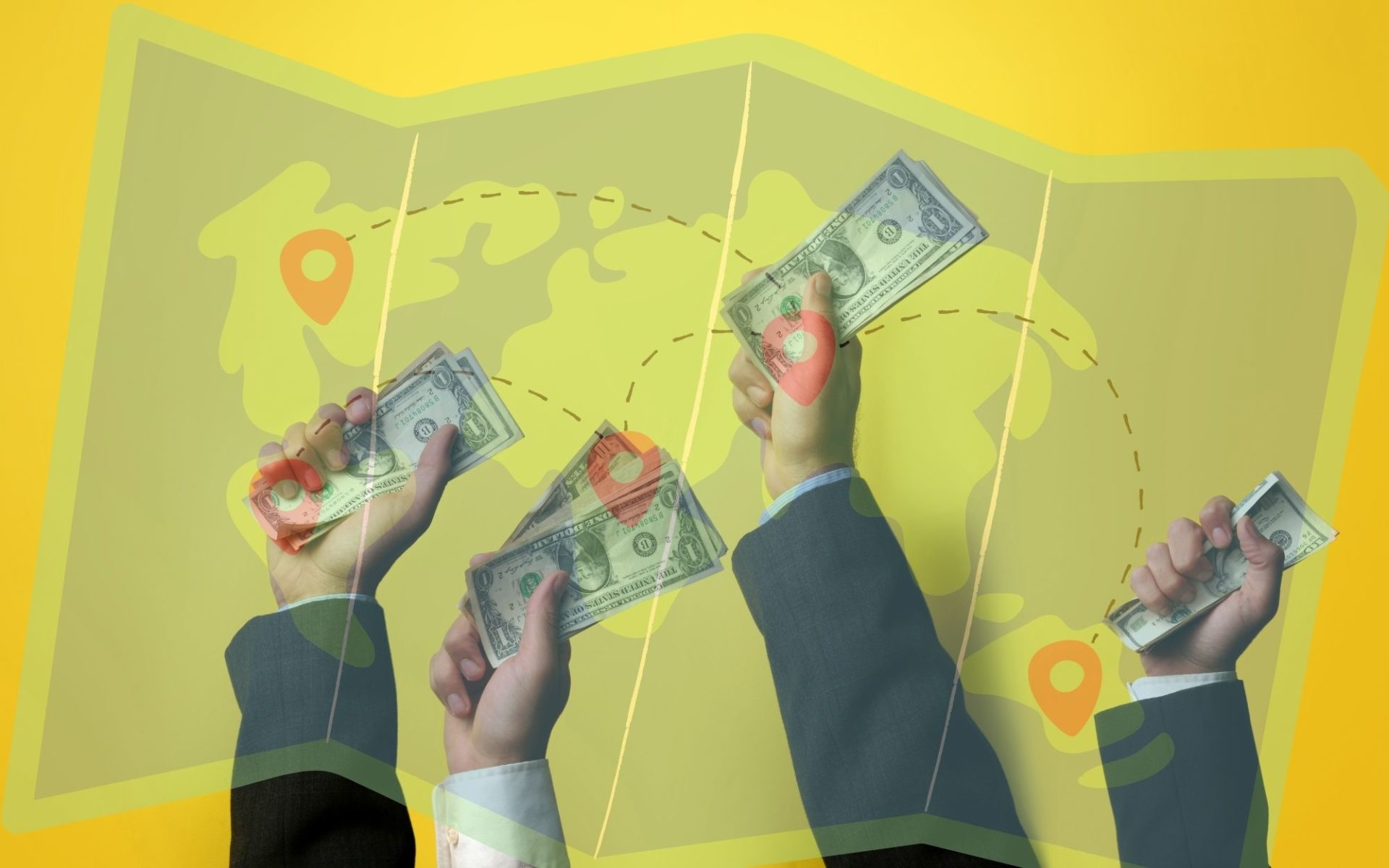The journey that a buyer takes to evaluate and make a purchase has changed significantly over the past 10 to 20 years. Unfortunately, the sales process within many organisations – particularly ones that are large and well established – remain traditional in their approach.
Businesses that choose to ignore changing consumer behaviour are putting future growth and sales at risk and are losing out to companies that continue to evolve.
Why the change in buyer behaviour?
There is no doubt that technology has been the single biggest driving factor behind this transformation, particularly when it comes to B2B. People now have access to more information than ever before, and because of this, they typically get further down the buyer’s journey before a sales representative is even engaged. In a survey conducted by Forrester, 74 per cent of business buyers indicated that they conduct over half of their research online before buying offline. This means salespeople are no longer able to influence decisions the way they used to – that is, by following the traditional AIDA process, which involved attention, interest, desire and action.
“The days of feature and benefit selling are long gone with more informed buyers demanding a very different sales experience,” says Steve Bambury, Head of Marketing at SalesStar. “Traditional selling methodologies are no longer effective, and the forward-thinking companies that adapt to the different buyer experience are growing sales much faster.”
The modern buyer’s journey now looks significantly different, transitioning through awareness, consideration and decision – with the first two aspects often occurring before a sales representative has the opportunity to speak to a potential customer. In fact, 81 per cent of B2B purchase cycles start with a web search, and 90 per cent of buyers say when they are ready to buy, they’ll find you.
What does it mean for traditional B2B selling?
Power is now firmly in the hands of the customer, and because of this, buyers have a strong aversion towards being ‘pitched to’ or feeling like they are ‘being closed’. These two phrases are synonymous with the concept of selling, and sales professionals who continue to pursue such tactics will struggle to remain relevant.
If organisations don’t redevelop their sales process to align with new buyer behaviours, we could see one million B2B salespeople lose their jobs to self-service e-commerce by 2020.
“Sales leaders need to stay informed and review their current processes and methodologies to ensure they meet the changing needs,” says Steve. “Evaluate your current sales process, your systems, and your most important asset: your people. Benchmark this with industry leaders specific to you. From there it becomes very clear on what you need to do to exceed customer expectations and gain a competitive advantage.”
How should a sales process reflect the ‘modern buyer’?
The role of a sales representative is not obsolete – it just means that the way we sell needs to change. As mentioned above, the buyer’s journey today involves a decision-making process that moves through the following phases:
- Awareness: they know they have a pain point or a need, and seek out information to identify what is required to solve it.
- Consideration: the buyer is now aware of the problem they have, and an understanding of the appropriate solution.
- Commitment/decision: they will move on to comparing products and/or services, before making a decision on a solution provider.
It may be difficult at first to understand where the role of a sales professional fits into the above stages. The answer lies in changing the way we approach potential buyers and adopting a more consultative approach. It’s all about adding value – this is how salespeople can remain part of the buyer’s journey.
“Before you even offer a solution, you must share insight and add value. From there you must ask lots of well-considered questions that challenge, stretch and grow their own thinking,” says Steve.
So what does all the above point to? That the steps organisations establish to find, nurture and close sales must reflect the new normal in selling. It should be a series of actions that mirror the phases people go through when making a decision to buy a product or service. Sales representatives should not be asking themselves ‘what do I do next’ but rather ‘what will my potential customer be doing next, and how can I help them?’
By ensuring the process is buyer-centric and personalised, and the role of the sales professional focuses on being an added value, businesses will be in a greater position to meet the needs of buyers who are now firmly in the driving seat.







